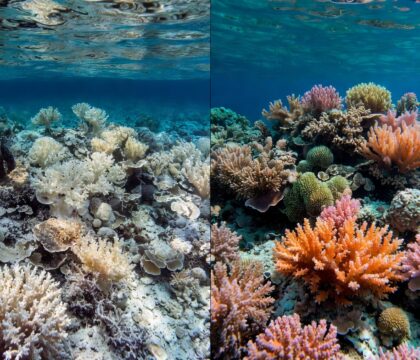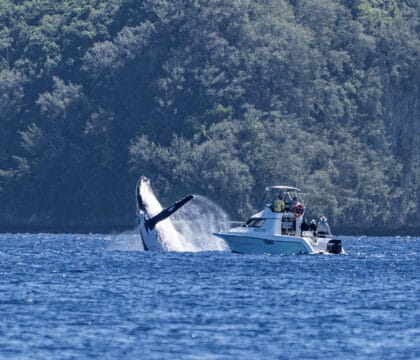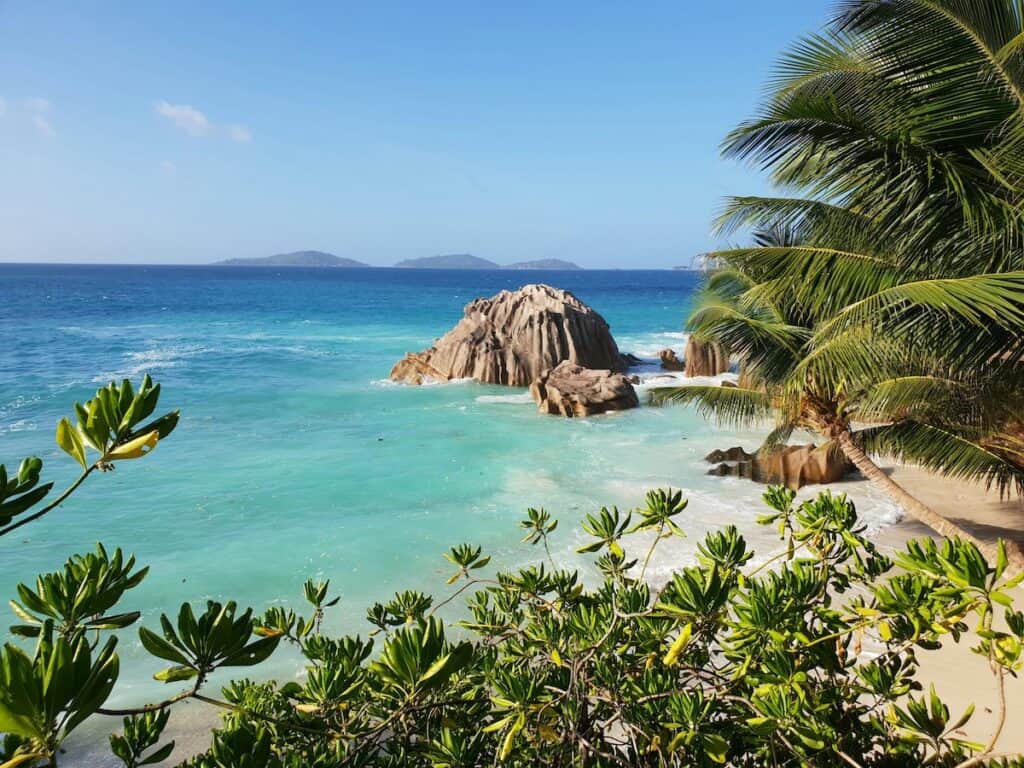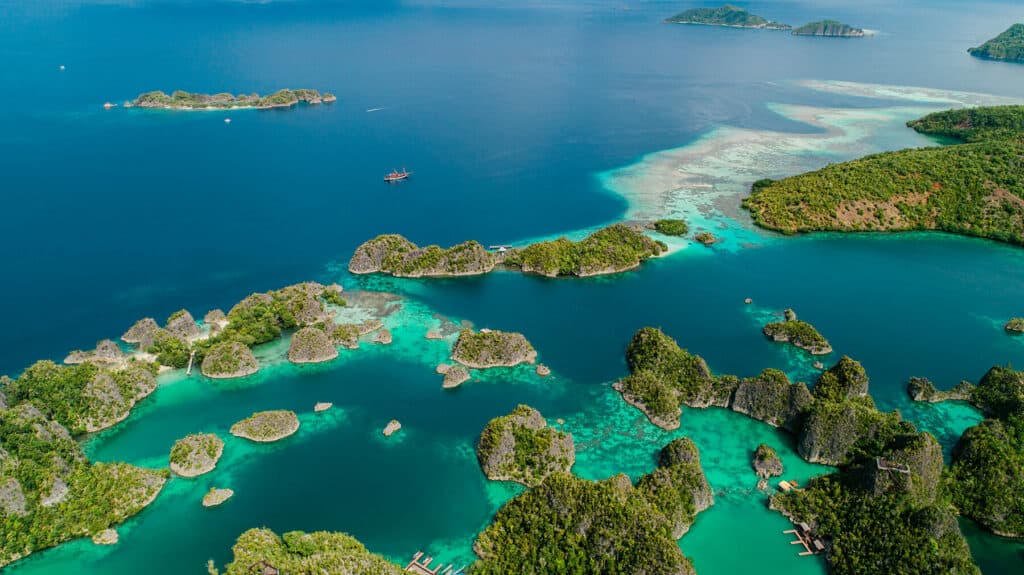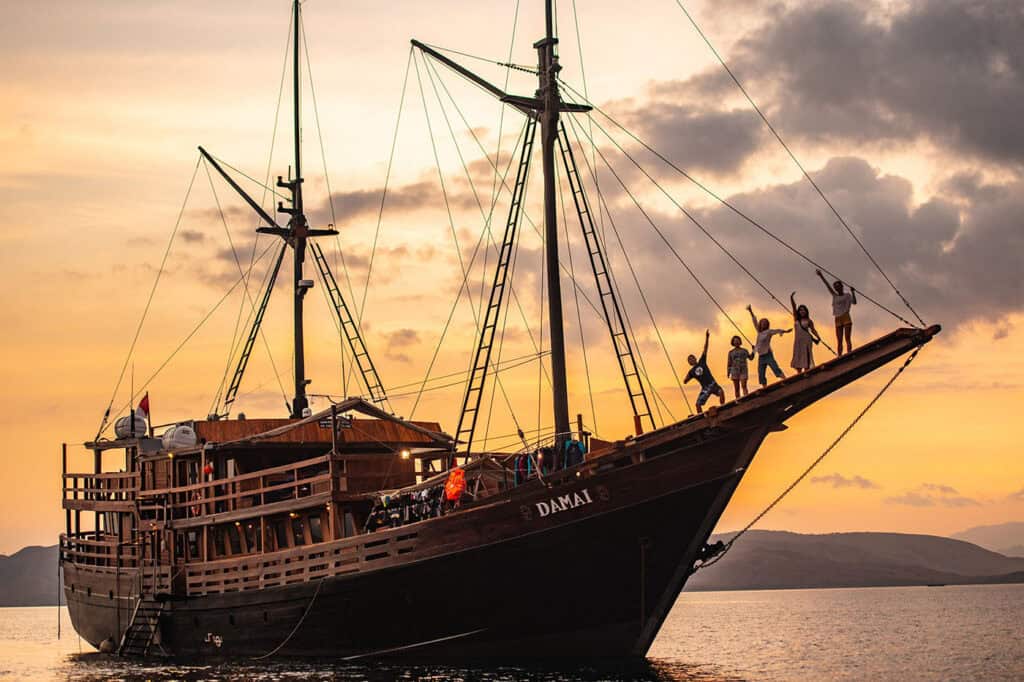April 9, 2014 • Trip Reports
“Dolphin at 11 o’clock!”
Every member of our research team turns to scan the calm water off the bow of our boat. We have been searching for dolphins in the shallow lagoon of Turneffe Atoll, Belize, for hours now, under the hot rays of the Caribbean sun. My heart races with the anticipation of finally finding our elusive quarry, but I am cautious; we are sometimes fooled by the deceptively dolphin-esque dives of cormorants, or the acrobatic leaps of spotted eagle rays. After a few moments with all eyes searching busily, the single dolphin appears again. Its scarred grey fin slices through the surface as it takes a breath and reenters the bustling aquatic world below. Our hard work just paid off.
The team snaps into action. Our captain, Alton, slows the boat and guides us toward the lone dolphin, carefully inching us closer so as not to disturb it or block its path. Megan, my research assistant, arms herself with a digital SLR camera, taking high-quality images of the dolphin to identify it by the scarring on its dorsal fin. But even without the photo reference, I quickly recognize the distinctive tattered fin of Pack (TA049). He is an adult resident male first sighted by Oceanic Society researchers in 1993, and we see him all the time.
Kelly and Karen, our research volunteers, grab our data sheet, logging the time and location of our sighting before heading to the bow for a better look. Whitney, a student intern, measures the depth to bottom—10 feet—with a handheld depth sounder, and water visibility with a Secchi disk. The water is stunningly clear today, which is a nice change. On some days , it’s as murky and green as pea soup.
Finally, we set up the two tools that will give us the best picture of Pack’s underwater life: an underwater video camera, to see, and a hydrophone, to hear. Whitney deploys the camera, holding it steady just below the water’s surface beside the boat. Given today’s crystal-clear water, the camera will give us a close look at Pack’s behavior. Finally, I drop the underwater microphone into the water. A digital recorder stores the sound it collects. We can’t see or hear what the camera and hydrophone might be picking up now, but I will go through the data later back at the research station, and see what we can analyze.
Pack rapidly approaches the boat and alternates between swimming circles around us and lolling on our starboard side. This is typical of Pack: every time we find him, he seems almost fascinated by the boat. We can hear his high-pitched social whistles from above the surface at the bow, and we can only speculate as to why this lone dolphin is vocalizing in a way that is typically communicative. Is he “talking” to someone we can’t see? Is he chatting with the boat? We don’t have answers to these questions today, so we just keep recording.

We stay with Pack for over 30 minutes as he goes about his day, chasing schools of bar jack and resting at the surface. Suddenly, another resident male, Buster (TA147), joins the scene, whistling his contact call and surfacing at Pack’s side. He must have approached underwater: we didn’t see Buster until he was right under the boat. We briefly follow the pair before they disappear from sight, swimming west into the Central Lagoon. We’ve seen Pack and Buster many times before, but each sighting brings with it something exciting and new—more data that could improve our understanding of the behavior, communication, and lives of these mysterious sentinels of the sea.
With Pack and Buster now gone, Alton turns the boat back toward the research station. We pack away our instruments, and he guns the engine towards home. After all of this work in the hot sun we’ve worked up an appetite, and it’s almost lunchtime. I can’t wait to check out the videos and audio recordings we took, and learn whatever the dolphins had to teach us today.


